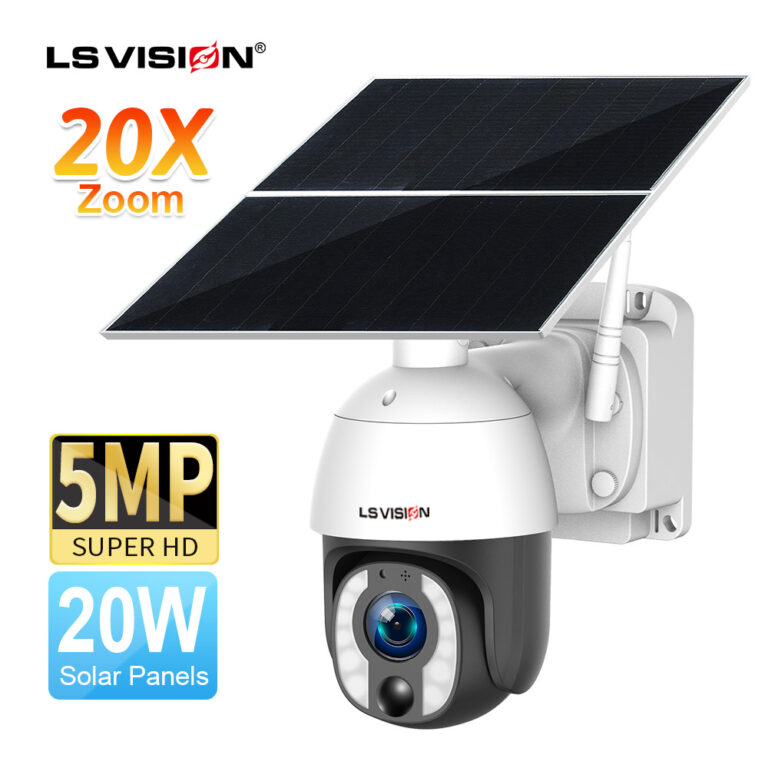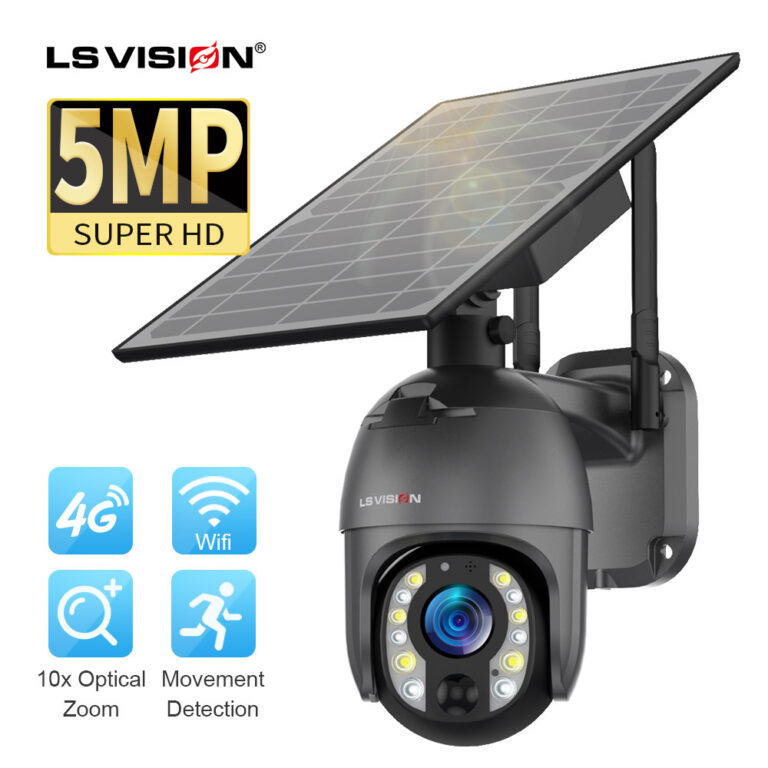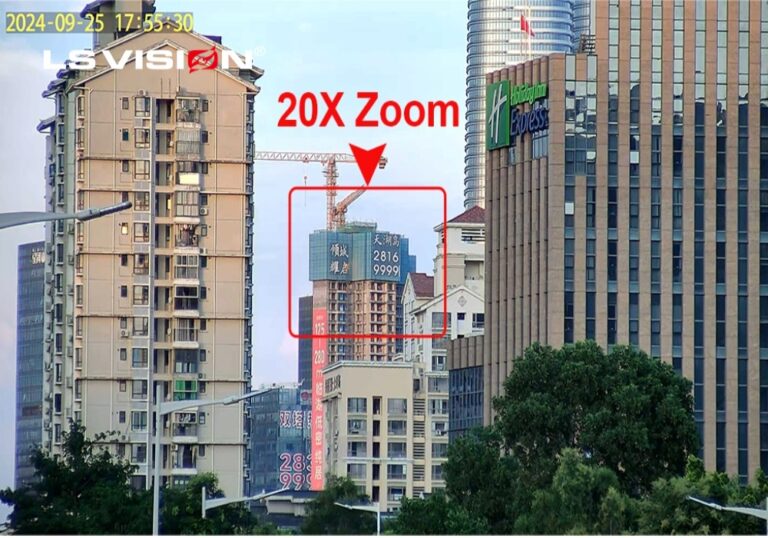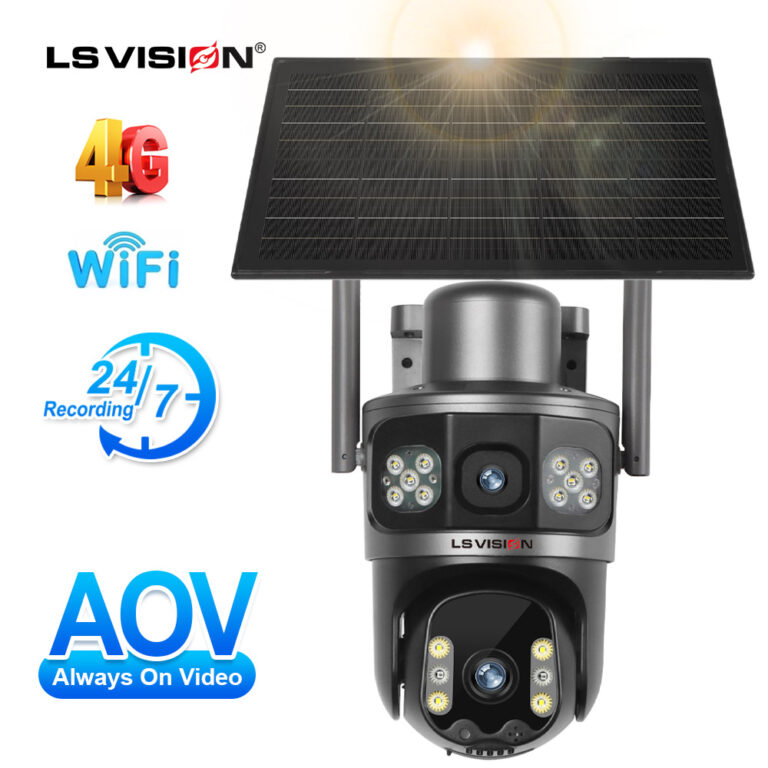LS Vision focuses on the visual construction of smart cities and smart networks, focusing on providing users in the security industry with safe city construction, smart forestry, smart agriculture, smart transportation, smart water conservancy, smart grid, border and coastal defense, petroleum, and petrochemical, meteorological environmental protection, environmental monitoring, ecological protection, disaster warning, military and police border posts, coal mines and metallurgy, power generation groups, operator base stations and other wind-solar hybrid power generation systems, solar power supply system solutions, the developed products are “highly integrated, easy to install, easy to maintain, and can be connected to things, Low energy consumption, customizable and scalable”, tailor-made professional and reliable off-grid power solutions for users with different needs in different fields, and effectively solve the problem of “difficulty in obtaining electricity” for users.
1.- How to install 4G wireless remote solar surveillance camera by yourself
1) Industrial grade solar camera
The solar monitoring system is mainly composed of cameras, solar panels, controllers, and batteries. The installation steps of the traditional solar camera monitoring system are mainly divided into the following steps: (as shown in the figure)
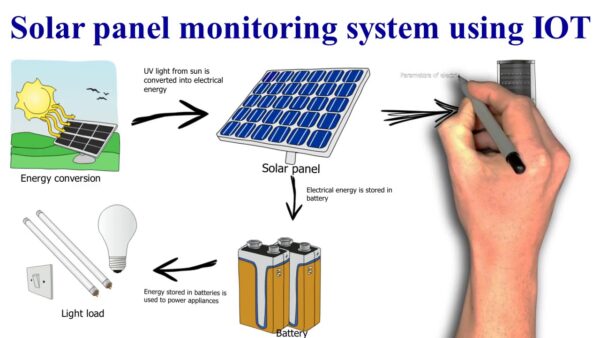
It is necessary to supply power to the front-end camera equipment through wired methods such as solar panel arrays, controllers, battery packs, inverters, switches, etc. The installation is complicated, there are many steps, wiring is required, and maintenance is troublesome after a problem occurs. Many monitoring systems installed on both sides of the highway have become decorations.
Evaluation: Although the traditional split solar camera reduces the trouble of wiring because the lead-acid battery is installed underground, the installation and maintenance of the whole system are also more troublesome. Usually, solar monitoring uses two transmission modes: one is the microwave network based on the wireless bridge, and the other is the high-speed 3G/4G network based on the wireless operator. The advantage is a one-time investment, with no follow-up costs. The development of using 3G/4G cameras in the past has ushered in the spring.
With the development of science and technology and the maturity of Internet of Things technology, the installation of low-power solar camera systems is no longer so cumbersome. By inserting the mobile phone traffic card and connecting to the 3G/4G network, the real-time transmission of images can be realized, which means that through the Internet of Things technology, the entire solar camera project no longer needs cumbersome wiring and back-end computer room layout. In addition, the current solar camera monitoring system is powered by an independent solar power system, which not only solves the problem of heavy engineering such as wiring but also avoids the problem that all cameras stop working at the same time due to the lack of power in the system.
2) Low power solar camera
●The connection of low-power solar monitoring is very simple, no need to connect various devices;
●Before power on, insert the TF memory card and SIM card into the corresponding card slot of the camera;
●Our surveillance can store surveillance video in the cloud, which can be viewed at any time;
●Fix the solar panel, camera and the corresponding waterproof box, and it can be used.
Evaluation: Today’s 3G/4G camera special module, the module is directly installed in the camera, the transmission is stable, and the response speed is fast. In order to simplify the installation steps for customers, the current solar camera system also adopts an integrated design. Solar panels, controllers, and batteries are all integrated into one. Customers only need to install the sleeve of the camera on the bracket, then connect the power cable of the solar system to the camera, and turn on the switch on the solar system to complete the installation of the whole set of equipment. There is no need to dig grooves for wiring, and no need for technical personnel to guide. The whole project has low cost and simple maintenance. It is believed that in the near future, solar cameras will bring great convenience to people’s field security monitoring.
2.-How to connect the solar monitor to the mobile phone
Solar monitoring has its own mobile app. After downloading the app, scan the QR code on the fuselage to successfully connect to the monitoring.
Mobile phone connection monitoring steps:
●Download the dedicated mobile app for monitoring;
●Enter the app to register a user account;
●Turn on the camera and wait for the connection command;
●Scan the QR code of the fuselage to add monitoring in the app;
● After the addition is successful, the mobile phone can be remotely controlled and monitored;
●In addition to the basic settings on the device page, click the settings icon in the upper right corner to enjoy more options.
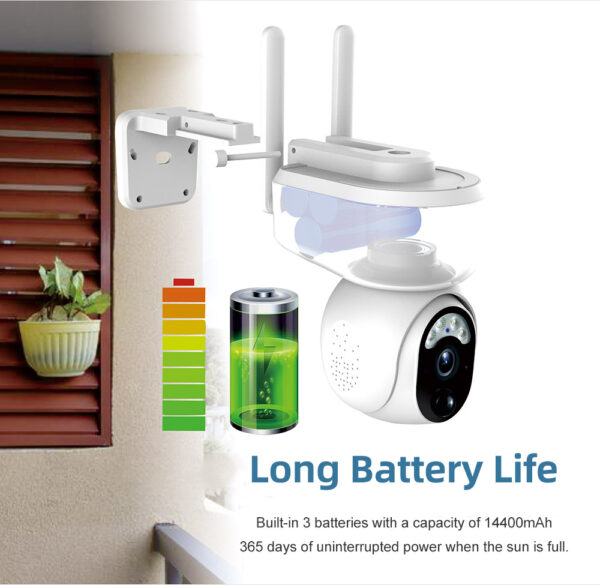
3.- Advantages of solar monitoring
Simple installation: install it by yourself, no need for construction personnel;
Adjustable angle: 360-degree rotatable, no dead angle monitoring;
No need to connect to electricity: solar power and built-in lithium battery power supply;
No wiring: no need to cut through the wall, no need to destroy the decoration;
Ready to use: no distance limit, you can watch in real-time if you have a network.
4.-Notice for solar monitoring installation
● Try to avoid pointing the camera directly to the sun, so as not to damage the image sensing device of the camera;
● Avoid contact between the camera and oil, water, steam, water vapor, moisture and dust;
● Do not use harsh cleaners or organic solvents to wipe the camera;
● Do not pull or twist the cables, including computer cameras and surveillance cameras:
● If not necessary, do not disassemble the camera at will to avoid damage to the camera.
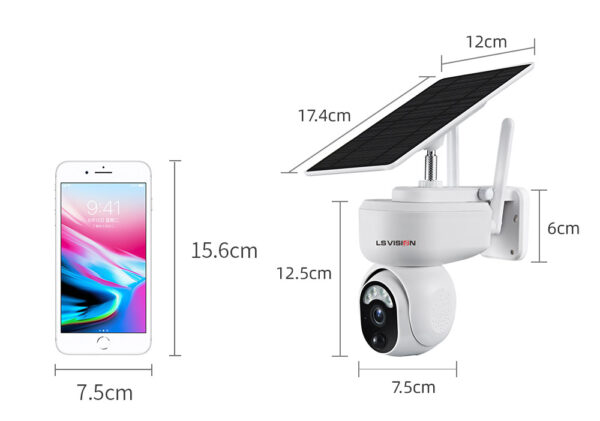
5.- Application of solar energy monitoring
Construction site
Reservoir dam
River level
Road condition
Scenic spot monitoring
Fish farm monitoring
Forest farm monitoring
Forest fire prevention
Island monitoring
Border surveillance
Soldier detection, etc.

